Illustrations play an instrumental role in conveying medical innovations and discoveries in our stories. Look back at 5 of the most memorable ones.
5:13 PM
Author |
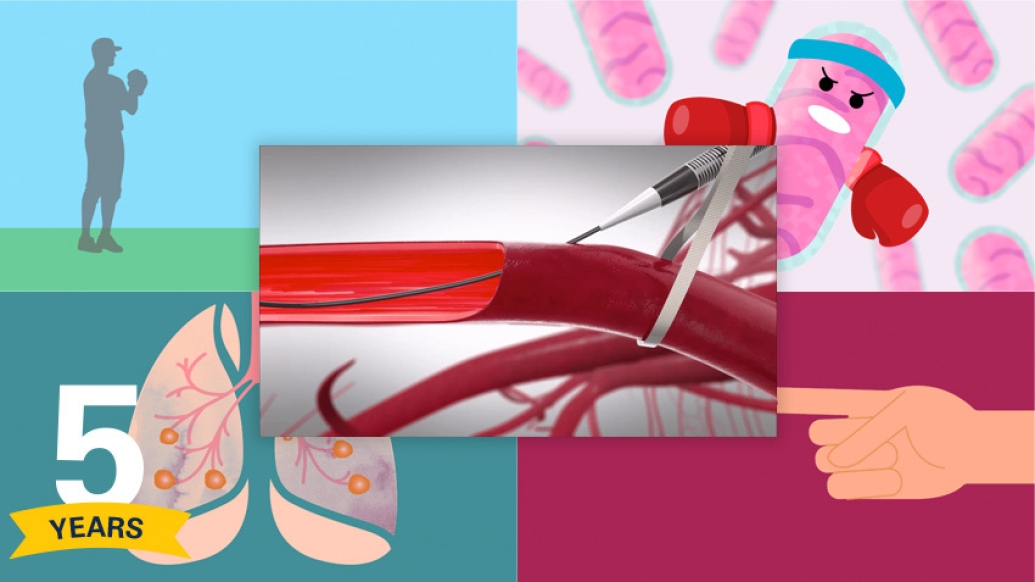
While articles rely heavily on a writer and an interviewee to shape the story, they also require another key element that help bring them to life: a compelling visual.
Since the Michigan Health Lab blog launched in 2016, not only has the platform covered a variety, and seemingly endless, array of interesting topics, but also vivid, animated graphics, drawings and more that were created to support these pieces.
Here, the Michigan Health and Michigan Health Lab blog's graphic designer, Jacob Dwyer, who works to develop and create these visual concepts, pours through over 1,700 articles from the last five years, calling out five in particular that are worth another look (along with a bonus Editor's Pick at the end):

1. The taxing baseball throw.
"The visualization of motion for this piece is incredible," says Dwyer, of a graphic designed for a story about how year-round pitching can lead to devastating injuries for baseball players. "A baseball pitch happens so quickly; it's hard to see each step and how that could take a heavy toll on the player's body."
The breakdown of the image into five frames, Dwyer explains, accentuates visually the areas that are impacted, like the knee and the shoulder, that endure stress during this type of movement.
"A good design presents ideas in a stylish way that helps us understand something more clearly. This animation does that in spades."
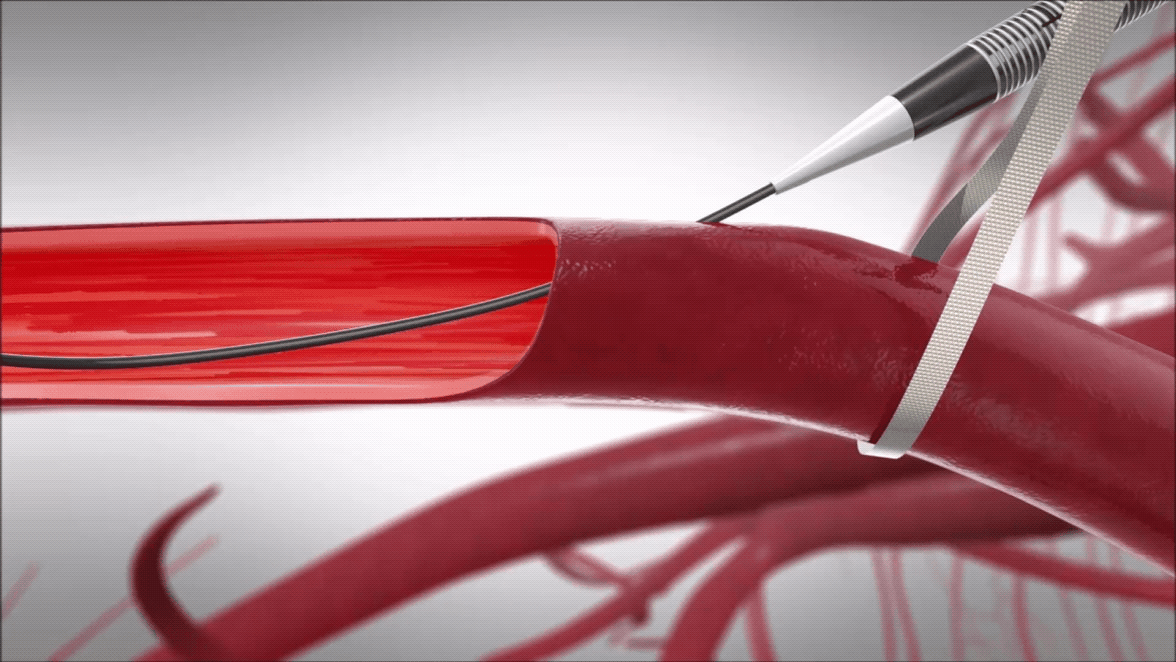
2. A close up on a Transcarotid Artery Revascularization (or TCAR).
Here, an animation helps to portray how an innovative carotid procedure, known as TCAR, reverses blood flow to reduce stroke risk during revascularization.
"It's so fascinating to see how something works, isn't it? It can be challenging to visualize these things for yourself when reading about surgical procedures and techniques, so having a visual provides a clearer picture for the reader."
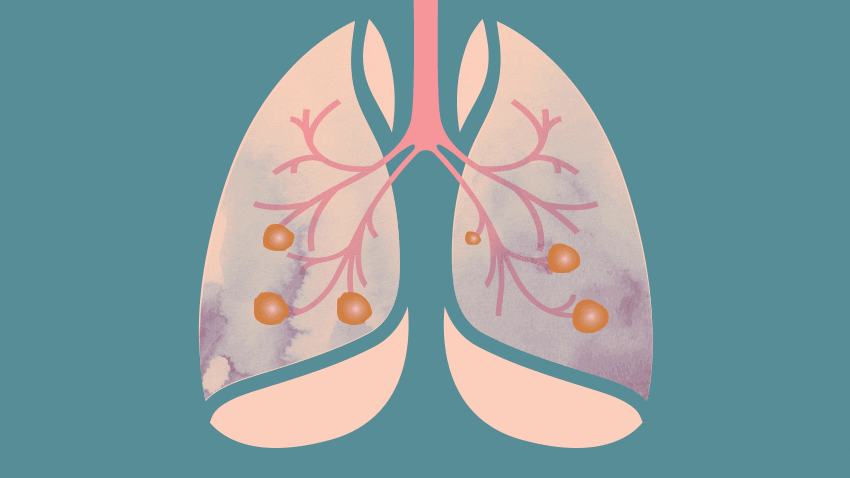
3. A water-colored visual on a treatment fighting cancer.
"This artwork depicting a lung cancer treatment is so subtle, yet so impactful," says Dwyer, of an animated illustration for a story on an immunotherapy trial being used for patients with advanced lung cancer.
"Beyond the watercolor texture and muted color choice, the key element is the wonderful symmetry and clean forms of the lungs and airways."
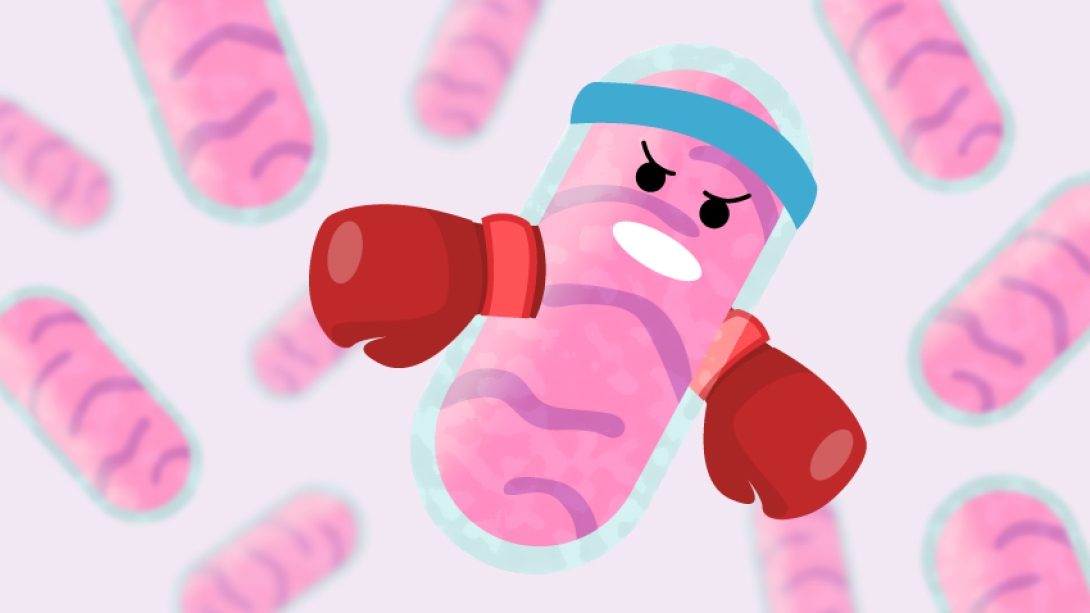
4. Making science into characters.
Who doesn't love a good character design?
"This 'powerhouse of the cell' looks like it could really pack a punch!" laughs Dwyer. "The blurred background is subtle, but really draws the eye to the character and the texture that is overlaid on its body."
The drawn super fighter helps to depict a piece about how researchers discovered how mitochondria plays an important role in supporting the immune system's response against a methicillin-resistant Staphylococcus aureus, or MRSA, infection.
"Now image this little guy entering the ring with bacteria – who isn't rooting for the mitochondria after seeing this?"

5. A COVID-19 blood test in action.
"This animation is really dynamic and fluid while trying to hit the message of the story," says Dwyer of an illustration demonstrating how the "litmus test" screening methods provide reliable and inexpensive alternatives in patient care settings.
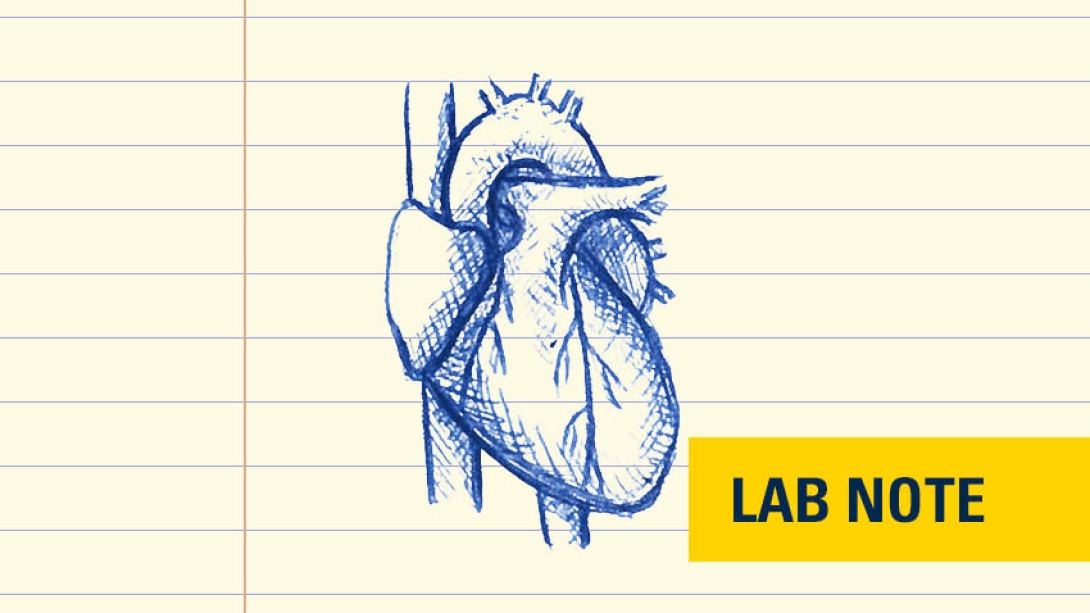
Editors pick
While browsing around on Michigan Health Lab, you may have passed by a similarly sketched illustration before, possibly pausing in awe of its remarkable details, ranging from organs and cells to medical and scientific equipment.
And that's with good reason: Each were hand drawn in blue ink, on notepad paper, by medical illustrator Stephanie King.
This original and creative idea was launched alongside a new series introduced in 2019 called "Lab Notes".
With nearly 7,000 papers published annually by faculty and trainees at the University of Michigan, the section provides an additional area the blog can highlight an assortment of published journal articles that cover groundbreaking clinical, basic science and medical educational research.
Like Podcasts? Add the Michigan Medicine News Break on iTunes, Google Podcast or anywhere you listen to podcasts.

Explore a variety of health care news & stories by visiting the Health Lab home page for more articles.

Department of Communication at Michigan Medicine
Want top health & research news weekly? Sign up for Health Lab’s newsletters today!





